More than 418,000 people have been reeling from flash floods in five districts, suggests a latest study.
According to a recent report by the Needs Assessment Working Group (NAWG) in Bangladesh, the worst affected are those living in the low-lying areas of Sylhet and Sunamganj districts.
The flood situation has created an acute crisis of pure water, sanitation, food, shelter, and healthcare among the affected population, while also damaging the livelihoods of many.
Several areas have been left without power for days over the past weeks, and roads and communications have been disrupted due to floodwater.
Though floodwater has started to recede in many areas, new challenges have emerged with the risk of a waterborne disease outbreak among the affected population in the aftermath of the floods.
Bangladesh Red Crescent Society Secretary General Kazi Shofiqul Azam said: "Severe flash flooding is battering the lives of millions in Sylhet and Sunamganj; people are in dire need of humanitarian assistance."
Red Crescent teams are carrying out rapid assessment alongside relief operations, he added.
Meanwhile, the International Federation of Red Cross and Red Crescent Societies (IFRC) released 404,434 Swiss francs to support Bangladesh Red Crescent's critical relief efforts from its Disaster Response Emergency Fund.
The money will be spent to help affected people meet their most urgent needs and restore their ruined livelihoods.
IFRC Head of Bangladesh Country Delegation Sanjeev Kafley said: "This is only the beginning of monsoon season in Bangladesh and severe floods are already putting millions of people at risk. Our experience says that more floods are likely in the coming weeks and months."
"We are doing everything we can to help those who are affected and are left without basics such as food and clean water. It is crucial to control disease outbreaks as water starts to recede."
"With the funds just released, we aim to scale up our operation and reach the most affected ones in the quickest time possible," Sanjeev said.




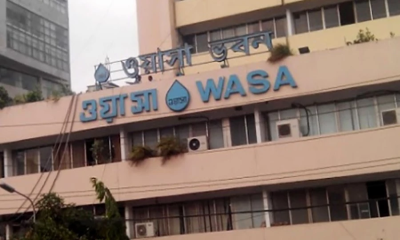
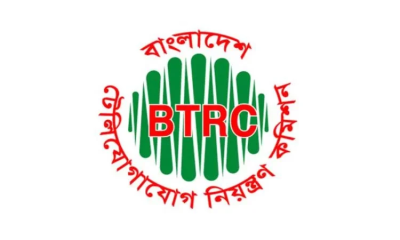
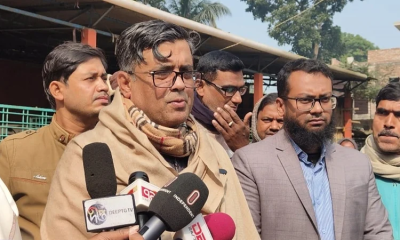
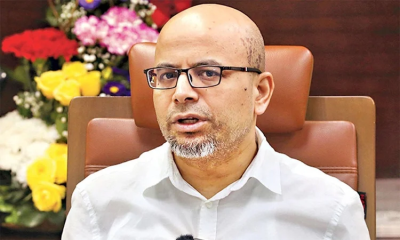






-20260103050848.jpg)

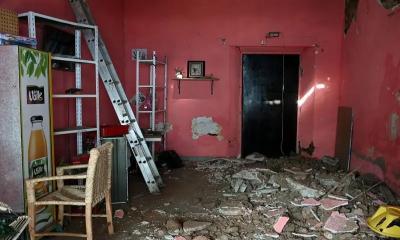

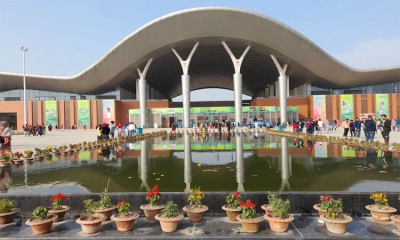


-20251227141313.jpeg)
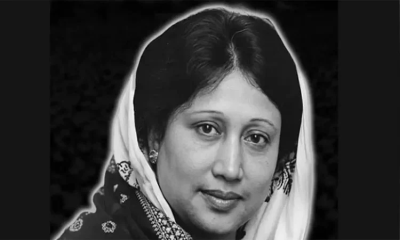


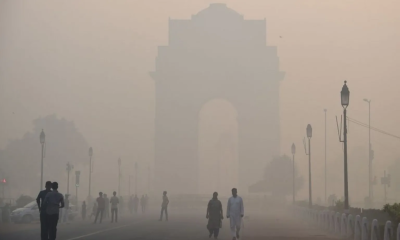

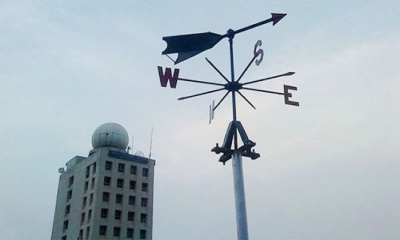

-20251229113834.jpg)

-20251228081840.jpeg)

-20251228081915.jpg)